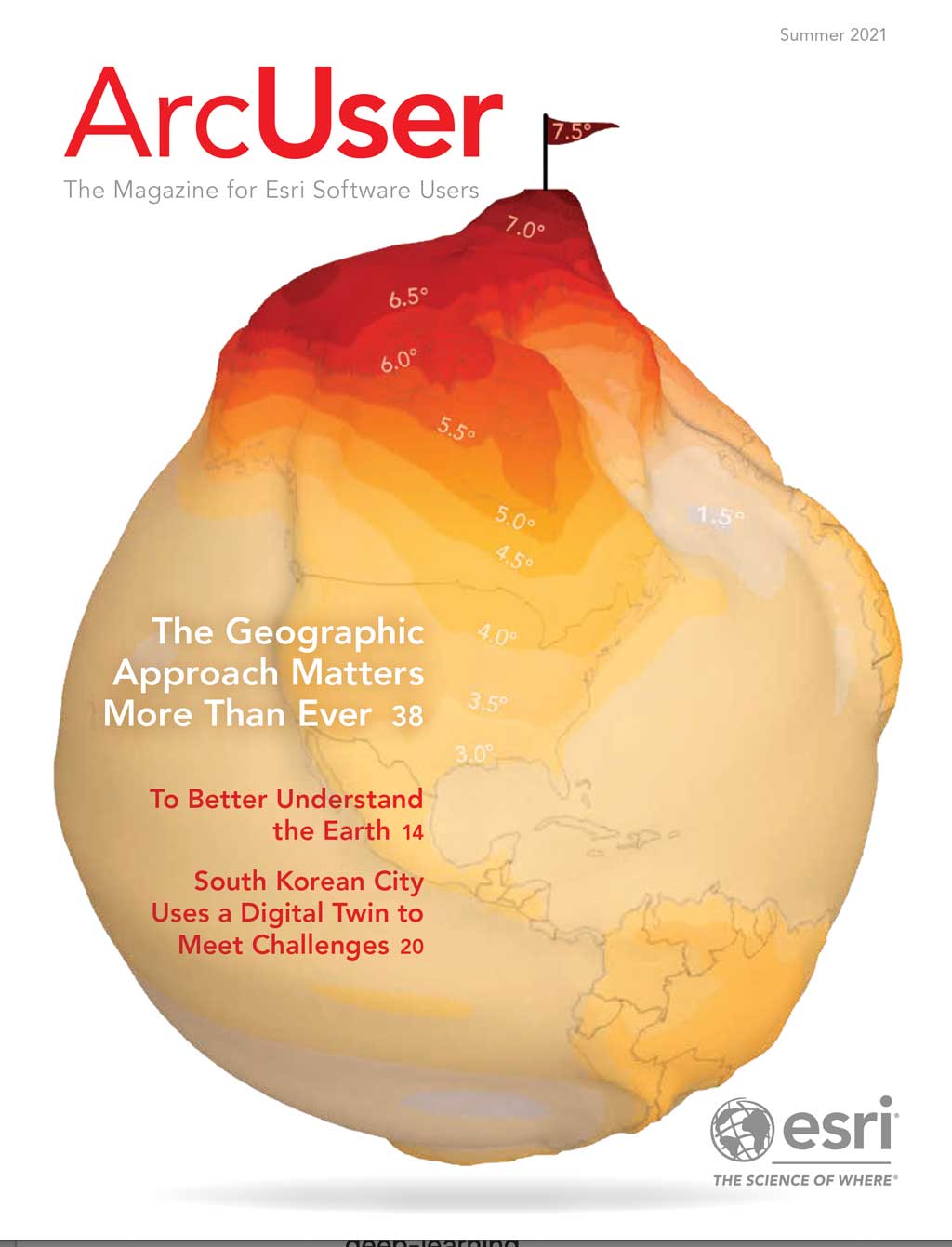High-Demand US Datasets Are Widely Available Online
A collection of valuable, authoritative datasets, referred to by government users as National Geospatial Data Assets (NGDA), will now be available to government and private organizations.
This collection includes more than 75 national geospatial datasets on dams, bridges, federal public lands, runways, rail nodes, and more, which are regularly updated from federal sources. Making this data available to a wider audience will aid governments in addressing challenges such as climate change, disaster relief, broadband access, and racial equity.
Wider availability of NGDA datasets benefits the commercial sector. Large companies with assets and interests spread throughout the United States, from national retailers and insurance companies to railroads and utilities, need data that cuts across cities, states, and regions. Having high-quality national datasets on hand will save organizations the time and money required to gather and process them.
An ArcGIS user license is not required to access this data. It is available under the Creative Commons Attribution 4.0 International (CC BY 4.0) license, so anyone can use, share, and adapt the data with proper attribution. For interoperable access, these datasets will also be available as both Esri REST services and Open Geospatial Consortium, Inc. (OGC), API Features. Esri will also be releasing the NGDA datasets through a custom explorer app.
Esri supports the broader vision of the Geospatial Data Act of 2018 (GDA), which seeks to empower more people to use geospatial data and break down barriers to interoperability. The NGDA dataset is the second dataset Esri released to the public in 2021 that does not require an ArcGIS license to access. In June, Esri released the first-ever high-resolution (10-meter), 2020 global land-cover map. These open data services are provided through ArcGIS Living Atlas of the World, the foremost collection of geographic information from around the globe, including maps, apps, and data layers.

ArcGIS Users in the US Can Access More Current and Precise Address Data
Esri is collaborating with Infutor Data Solutions to improve the geocoding and address matching capability of the ArcGIS World Geocoding Service in the United States. Users in any industry—especially insurance, telecom, health care, utilities, real estate, and retail—will benefit from the increased precision of geocoding that comes from rooftop locations for addresses and subaddress information for places with multiple units.
Infutor specializes in consumer identity management and identity resolution, and its comprehensive spatial data includes validated, multisourced addresses and hyperprecise geographic coordinates (latitude-longitude), allowing for deep location-based analysis and decision-making.
New rooftop locations for the US became available for users of ArcGIS World Geocoding Service, which benefits users of ArcGIS Pro, ArcGIS Enterprise, and ArcGIS Online and developers using ArcGIS Platform. Improved geocoding is also available in ArcGIS StreetMap Premium.
New Legal Requirements Enable Collaboration among EU GIS Community
Esri commended the European Union (EU) for its leadership in implementing Directive (EU) 2019/1024 (Open Data Directive), which aims to encourage cross-border use of reusable data in Europe. Committing to a standardized open data policy framework will make it easier for EU member states to access high-value datasets, such as geospatial, earth observation, environmental, meteorological, statistical, mobility, and company ownership data, in a trusted manner.
With open data, EU members can use application programming interface (API) web services for access. At the unprecedented pace in which data is growing everywhere, the new model enables a European single market for open data that will benefit all members. As EU members finalize implementation of the Open Data Directive, geospatial tools must support data catalog interoperability requirements for open data portals across Europe.
To broaden its support for the directive, Esri is expanding the capabilities of interoperable web service APIs, metadata, and ArcGIS Hub catalogs. Using international open standards such as Data Catalog Vocabulary Application profile (DCAT-AP), European customers can share data that conforms to the new Open Data Directive and more easily expose their open data catalog and web services for reuse.
The inclusion of DCAT-AP 2.0.1, along with an extendable architecture on ArcGIS Hub, will serve as a road map to support and guide geospatial technology users as they adopt the legal requirements of the Open Data Directive. Geospatial data is transformative, and the EU’s Open Data Directive has paved the way for greater accessibility and transparency. The changes will inspire exciting opportunities for member state collaboration and innovation across Europe.

